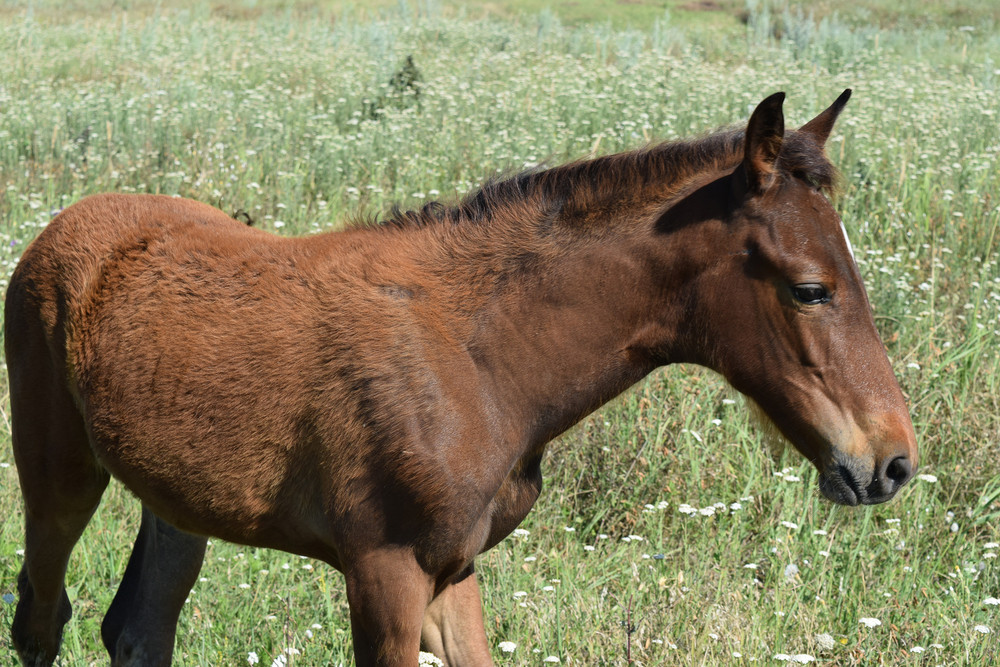
Horses are very popular in the United States. It has been estimated that 7 million people ride them every year. There are at least 400 breeds of American horses. If you are going to bandage an injured horse’s leg, there are some things you need to do. From starting with the wraps for horses to learning how to put the bandage on, these tips should help you help your horse.
- Start with the wraps for horses. These come in a variety of sizes and styles. Horses need different horse wraps when they are active vs. when they are standing around. The size of the horse is an important factor and you may need to get very large or small bandages if your horse is one of those things. Getting stretchy wraps for horses will make it easier for you to manage it and more comfortable for the horse, as this makes it more breathable.
- Get the right fabric. Horse wraps come in a number of different materials. You can see what works best for your horse. You can choose from cotton, self-adhesive, flannel, and fleece. Your veterinarian should also have some idea of what works best for your horse.
- Get help from your veterinarian. They should show you how to wrap a horse’s leg. It may seem like a simple thing but you can actually hurt your horse more if you get this wrong. You can also talk to an equine specialist. Once you get the hang of it, you will have no issues.
- Keep the pressure the same throughout. The pressure that is applied to the leg by wraps fo hors4es, needs to be consistent for the entire length of the bandage. One problem that horses experience when this is not taken care of is a condition known as, “bandage bow.” This can cause serious tendon damage to your horse.
- Practice on a chair leg first. Do not even think about going near your horse until you have been able to properly use wraps for horses to bandage the leg of a chair. If you have a friend or relative who will let you practice on them, that works, too.
- You need a friend to help the first time you try to wrap a horse’s leg. You need them to hold the leg steady. Even professionals often need help doing this. The other set of hands is helpful in the process and the other person, who should have met your horse before, can reduce their stress level and probably your own.
- Take the time to clean your horse’s leg. There are a number of things you can use for this. For very dirty legs, a baby shampoo (or something just as mild) will work. For more lightly dirty legs, iodine or warm water work well. Leaving dirt, sweat, grass, debris, or even excess iodine can cause skin discomfort.
- If there are open wounds on the leg, clean them. You should always get guidance from your veterinarian before you attempt to do this one your own. They should know what the best solution for your horse. If the wound is deep, take your horse into get it checked. You should never attempt to wrap a horse’s legs with improperly clean and treated wounds.
- Dry the leg. You should never place a bandage on a wet or dirty leg. This can also stop any wounds from healing properly. A clean towel or cloth can work well to get the leg as dry as it needs to be before you bandage it. All hair on the leg should be brushed before putting the bandage on.
It is no secret that we love our pets, be they cats, dogs, or horses (or all three). This is why there is such a plethora of medical devices and items we can get for them. From knee braces for arthritic knees for horses to therapy back pad for horses and therapy dog products, we like to take care of our animals and keep them comfortable. It has been estimated that most homes across the nation have at least one pet. Keeping them happy makes us just as, if not more, happy.
